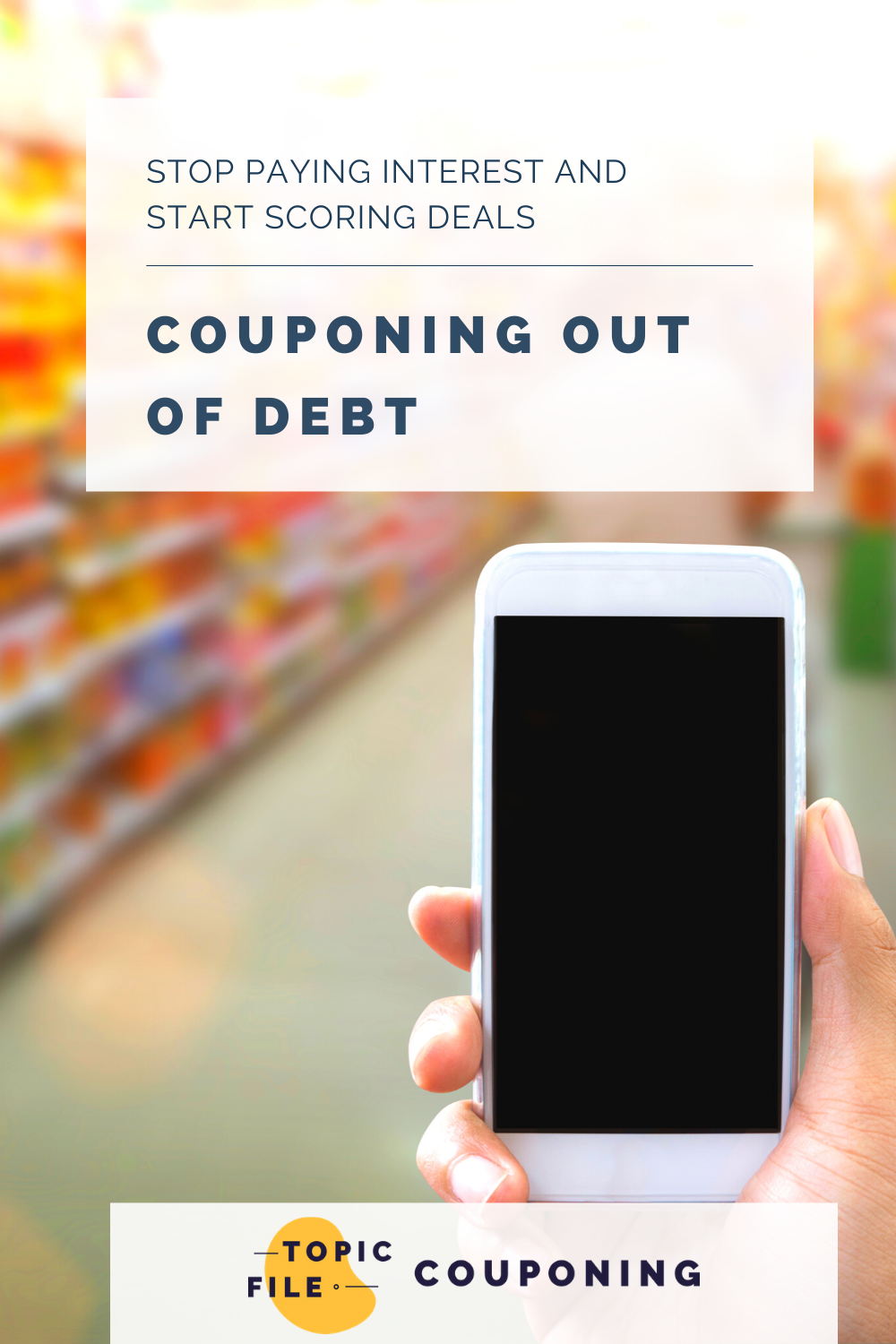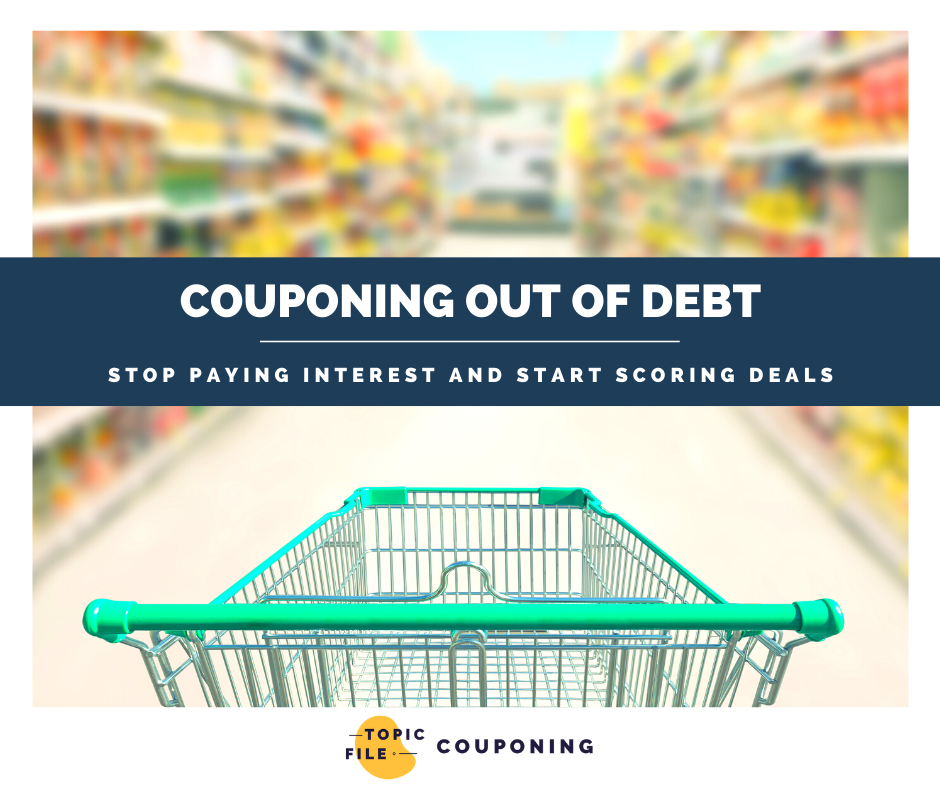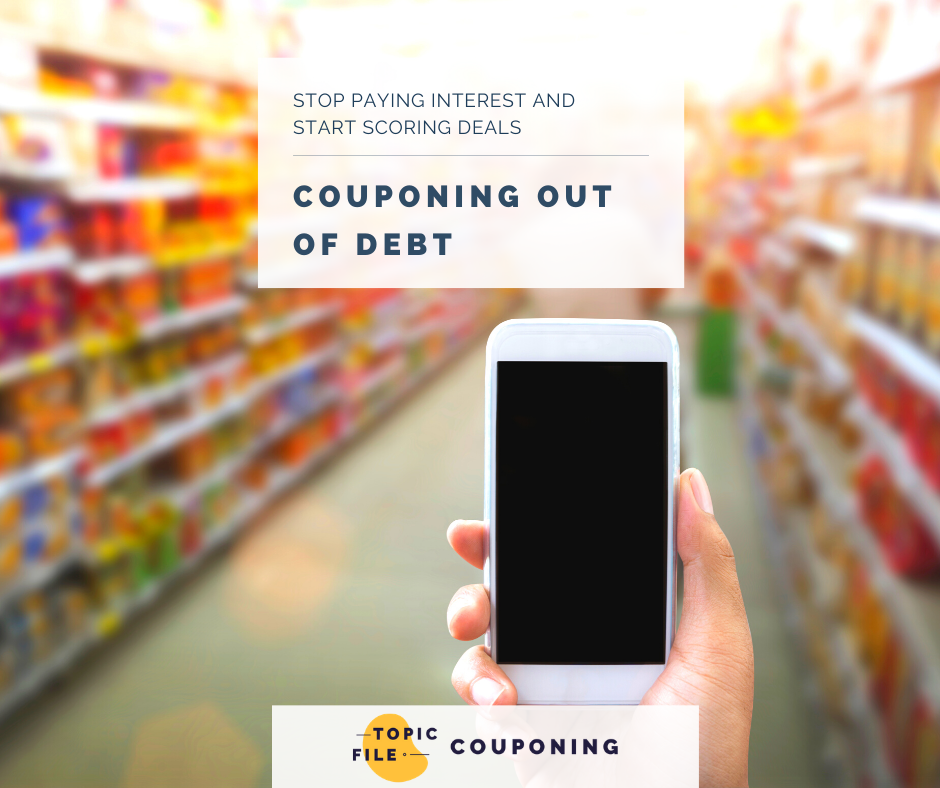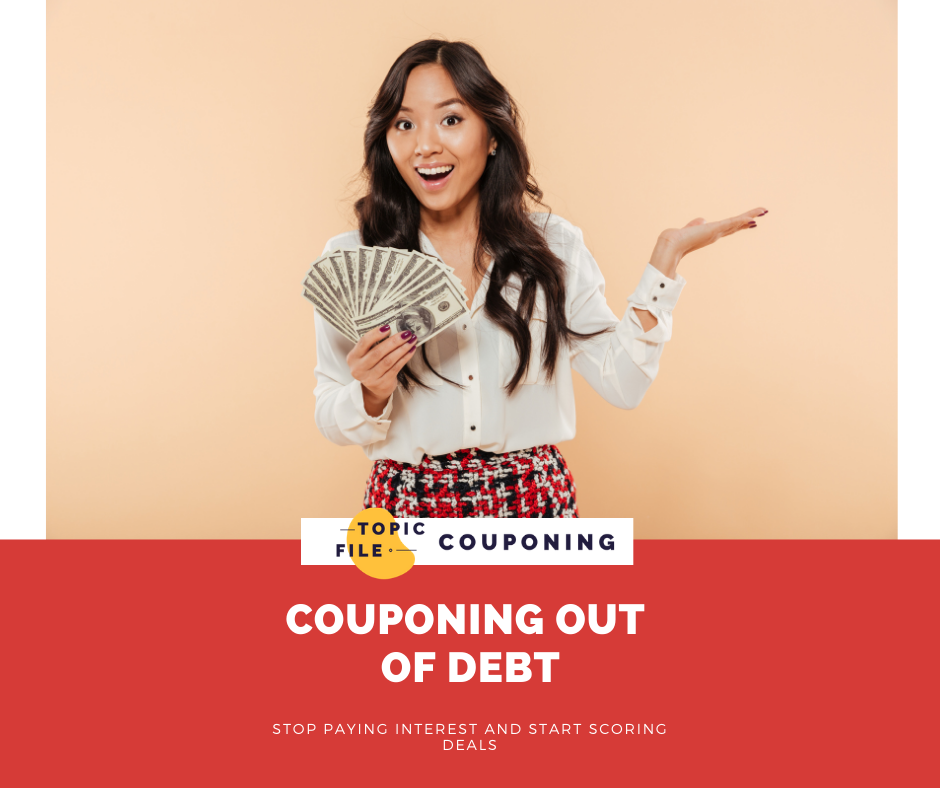• Quick and easy changes you can make today to have more money in your pocket.
• It is NOT about depriving yourself and making depressing cut backs.
• It IS about making sure you're not wasting money, enjoying what you have, and looking for ways to have more fun!
• Be sure to check your email for the bonus surprise freebie!
We sometimes use affiliate links in our content. This won't cost you anything, but helps us to offset the costs of maintaining this website. Thanks for your support!
If it's your first time here, be sure to read our Introduction To Couponing article!
Over the last couple decades, the American economy has conspired to give you more ways to end up deeply in debt than at any point in history (at least that I’ve ever heard of.) If you’ve gone to college, unless you managed to rack up a bunch of scholarships, or were lucky enough to have parents who could afford to help, you probably ended up with at least a little, or more likely a whole bunch of debt. If you’ve had medical issues you may be even worse off than with college debt. Add to that the high average rents, low wages, and the general rising cost of everything, and if you’ve managed to steer clear of credit card debt you’re in the minority. Life is just really expensive. I’ve used couponing out of debt to help me whittle away at what I owe, and I’ll explain how.
Disclaimer: nothing here is meant to be financial advice. As always, before making any serious financial decisions it’s worthwhile to consult a professional. But be sure you understand what that professional might be trying to sell you, and consider their advice with that in mind.
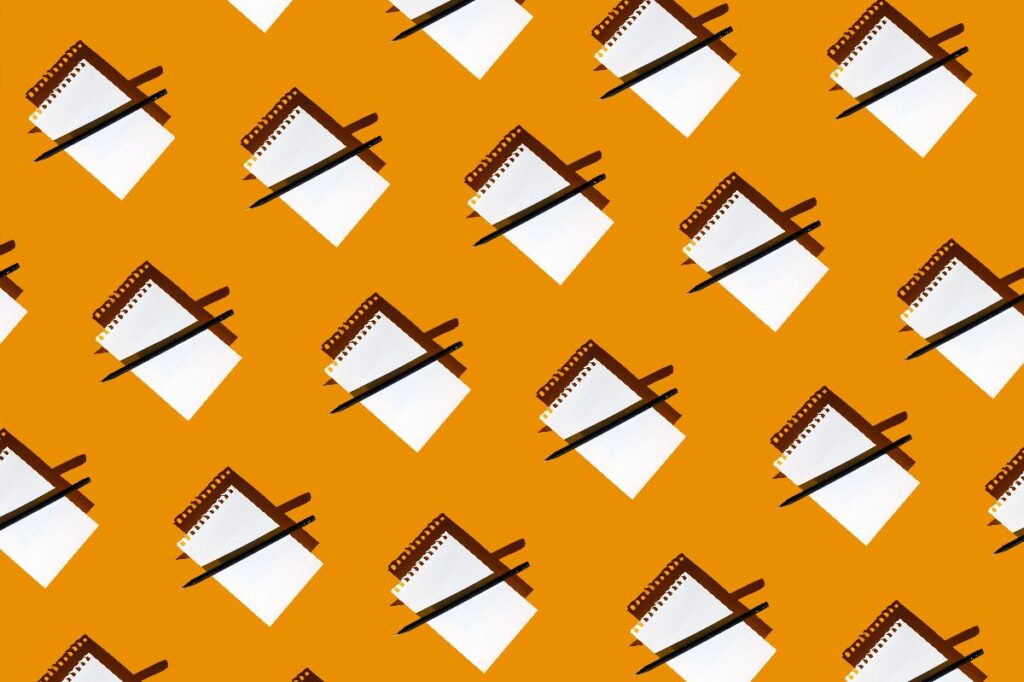
Getting Started
The first step in climbing out of a hole is to try to get your expenses to be less than your income. This can be *hard*. (You KNOW I’m going to tell you how couponing can help, but first things first.) If you’re mostly buying things with a credit or debit card, look over your statements. If you pay cash, collect your receipts for a while to get a sense of your spending. Collect up your monthly bills and required payments. Total it all up, compare it to your pay, and see if there’s usually any money left at the end of it all.
If your costs are less than your paycheck, congratulations! Your path here is going to be easier.

Figure Out Where Your Money Is Going
If your costs are more than your paycheck, this is where you have to start making hard decisions. (Consider these things even if you have money left over…) Are there any things you’re paying for regularly that you can live without? The usual suspects are eating out, Starbucks, and all the other things old people hate young people for.
If you feel like you can cut back you ABSOLUTELY should, but I’m also in favor of having a little fun once in a while. Instead of just getting Starbucks every day, can you use it as a treat for yourself in exchange for doing something you don’t like – like cleaning something, going for a run, or finishing a paper for school? Can you designate one night of the week as going out night, and commit to cooking the rest of the week?
Are you paying for subscriptions you don’t use? Have you checked that you’re really paying a fair price for car insurance? Making a few cuts can add up quickly, but you have to be really honest with yourself about what your priorities are, and keeping your mind focused how good it would feel to be out of debt, and how much better that coffee would taste if you could afford it without hesitation.
A Couponing Schedule
Obviously, food and household goods comprise a lot of the monthly costs for many people. It’s a good place to make up some ground. When I started out trying to coupon and dig out of debt, I set a weekly budget. Then each week I couponed this way:

I start out looking for good deals on foods that I’ll actually eat. I mostly buy ‘real’ nutritious stuff. But I also buy some convenience junk foods that are cheaper than stopping for fast food, but easier than cooking for real. I check the newspaper inserts, the grocery store circulars, and Ibotta. This is food I mostly get at the “expensive” grocery stores, like Natural Grocers, Hy-Vee, Walmart, and Target. (Oh how I wish we had a Whole Foods, too!) I plan my trip(s) to those stores, then build the rest of my grocery list around it.
Then I look though everything else – Walgreens and CVS ads/coupons, newspaper coupons, and Ibotta, and figure out all the rest of the things I use that there are deals on.

The Best No-Coupon Shopping
I buy my non-coupon groceries at Aldi. Around here they default to about half the price of everywhere else – even Walmart and Target, and I can do my shopping in no time. Once in a while I find an Ibotta deal that works at Aldi, but not too often. I just count on them being cheap.
So on my actual shopping day (or days), I start out at Aldi, and buy the basics. Then I head to whatever other grocery is the most promising, and pick up the rest of the food for the week. I total up those costs, and use whatever is left over from my weekly budget to buy other things to build out my stockpile, starting with the best deals first. When I run out of money for the week I stop buying stuff. This way I’m sure I’m covered for the week, and I keep increasing my stockpile by building up the best deals first.
Obviously if I’m way overstocked on one product and low on another I’ll buy the one I’m low on, even if the deal isn’t as good. Using this method got my monthly costs way down and my convenience stockpile way up, while keeping me from building up debt. I used my Ibotta cash back payouts as bonuses to build up the stockpile even more, or to pay down debt when the deals weren’t great.

Paying Down Debt
And then, with the money left at the end of the month, I pay extra toward my highest interest debt first. Some experts recommend that, others suggest you pay off your smallest debts first, and then keep paying the same amount toward you bigger debts after the smaller ones disappear. That would have been good, too, but highest interest rate just made more sense to me mathematically.
I don’t use this method so much anymore. My stockpile is healthy and my debt is way down (but not quite gone, I’m still working on it every month!) This was a way to keep me clear on my priorities and my goals – take care of my immediate needs first, then my mid-term needs second (stockpiling), and leave enough for my longer term need – being debt free. I now shop a lot less often for stockpile stuff, holding out for amazing deals instead of just good ones, which is nice because I actually don’t really like to shop all that much.

Escaping from debt is one of those slow, difficult processes that you have to just keep working at day in and day out for future you, until one day it pays off majorly. When debt – especially high interest debt – is paid off, it’s amazing how much more money you suddenly have that used to be going just toward the interest. Make a plan and stick with it, and remember that every bit of progress you make is worth it. Good luck!
• Quick and easy changes you can make today to have more money in your pocket.
• It is NOT about depriving yourself and making depressing cut backs.
• It IS about making sure you're not wasting money, enjoying what you have, and looking for ways to have more fun!
• Be sure to check your email for the bonus surprise freebie!







